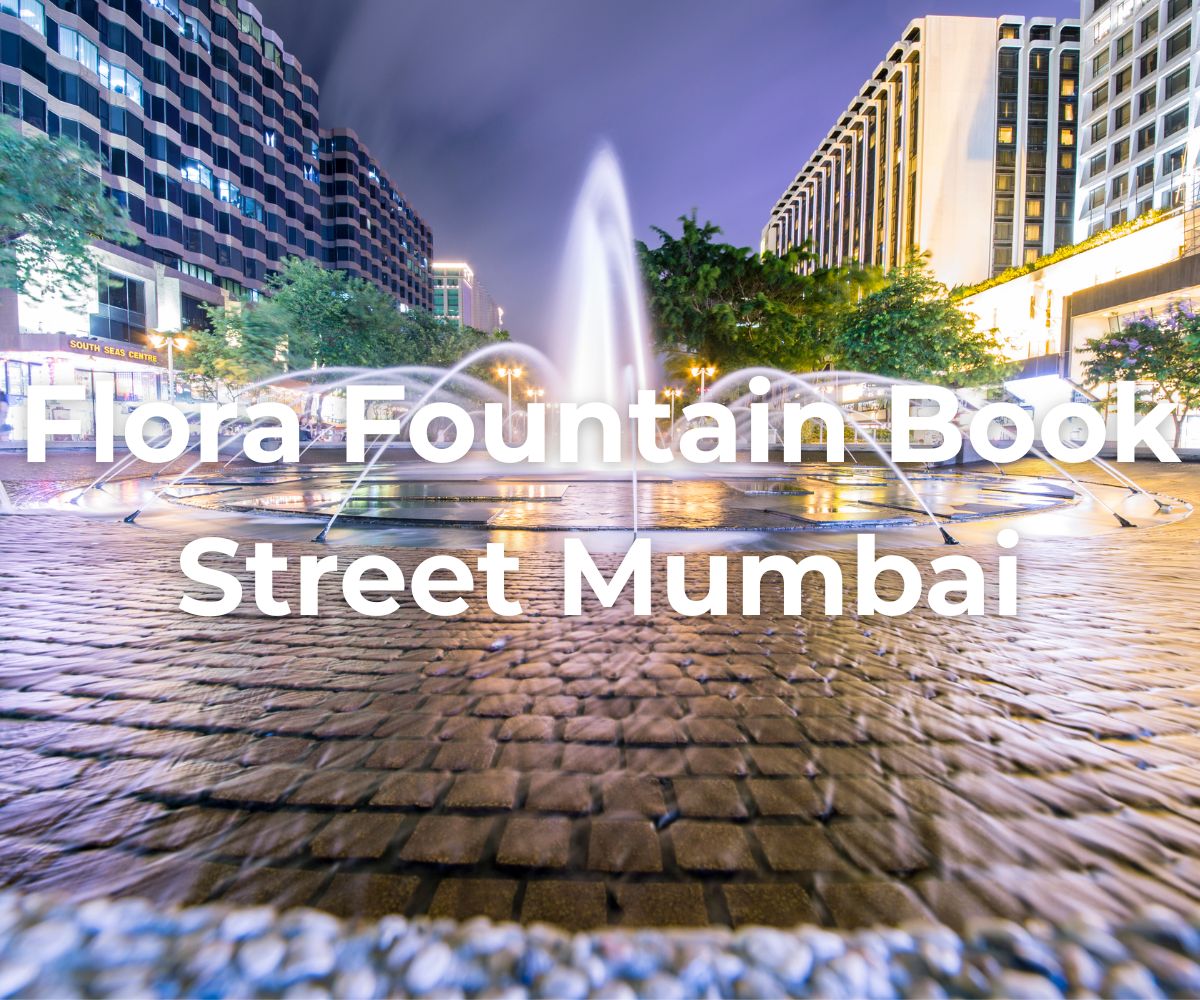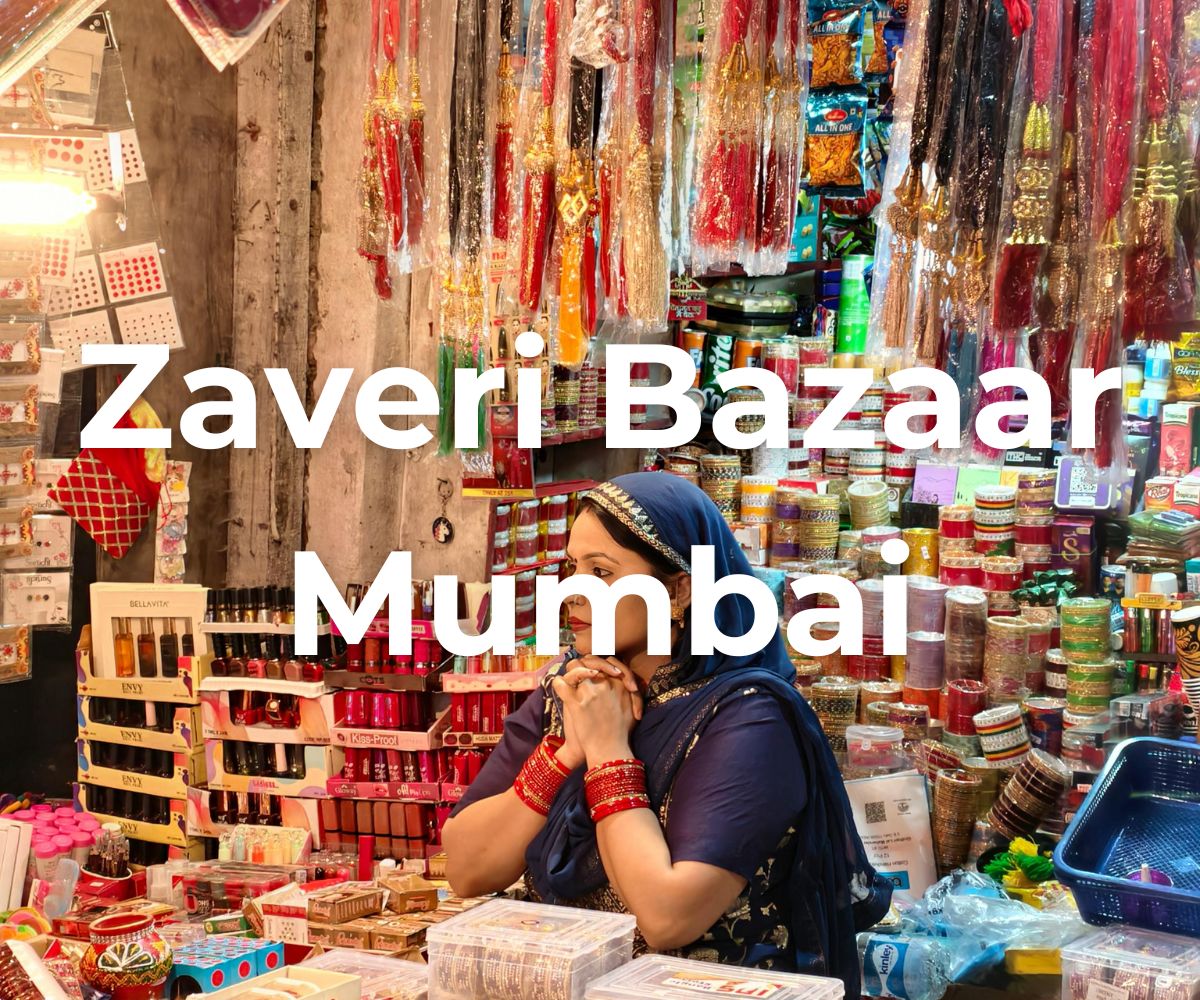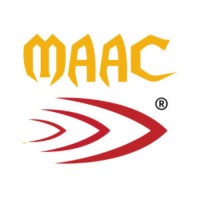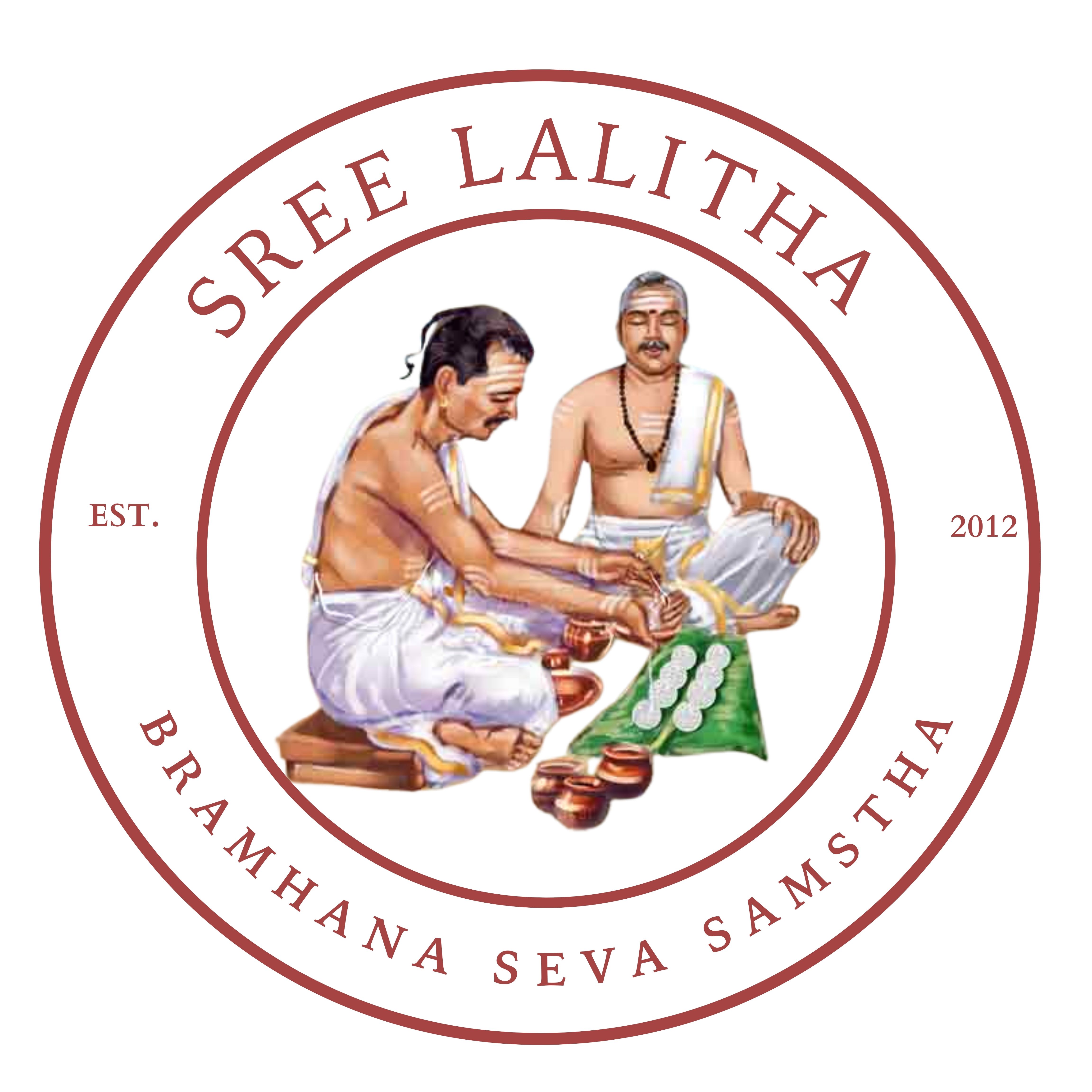why body modifications still tell our stories
Description
From Ritual to Art: Why Body Modifications Still Tell Our Stories
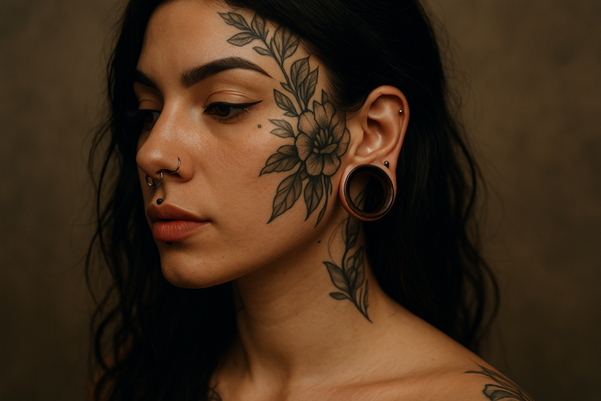
Across centuries and cultures, humans have marked their bodies to signify identity, courage, faith, and transformation. What began as ritual has become art — yet the essence remains:
every mark carries meaning. Tattoos, piercings, scarification, and other forms of body modification continue to reflect who we are and what we value, even as modern tools and studios replace firelight and ceremonial chants.
The skin as language
The body has always been a living canvas. Long before alphabets, skin spoke. From the geometric tattoos of Polynesian warriors to the stretched earlobes of African tribes and the delicate piercings of ancient Indian rituals, these acts weren’t random decoration.
They told stories — of ancestry, belonging, endurance, love, and faith. Today, when someone chooses to get a piercing or tattoo, the impulse isn’t so different. The tools have evolved, the setting is sterile and safe, but the drive to express something wordless remains.
Body modification endures because it satisfies a deeply human need for symbolism. A small silver hoop through the nose might represent independence; a fine-line tattoo could honor a loss or a promise. Every needle, every mark, whispers something about its bearer — not to everyone, but to those who know how to look.
From taboo to self-definition
In the past century, tattoos and piercings migrated from subcultures to mainstream society. Once seen as rebellion, they’re now a language of self-definition. A banker might wear a sleeve under a crisp suit. A teacher might have a constellation of ear piercings hidden beneath her hair.
The transformation of perception didn’t erase the power of these practices — it redefined them. What was once a mark of exclusion is now an emblem of individuality.
To get a piercing today is to participate in a long conversation between the past and the present. It’s a gesture of autonomy — one that connects ancient ritual with modern identity. People no longer need to belong to a tribe to mark themselves; they create their own tribes through shared meaning, shared ink, and shared courage.
The quiet artistry of transformation
Behind every tattoo machine and piercing needle stands an artist who understands ritual, form, and emotion. Studios like Icon Tattoo
carry forward this dual tradition — part craftsmanship, part ceremony. They aren’t just places to decorate the skin; they’re sanctuaries where transformation happens.
A skilled artist reads the client like a story before ever touching ink or metal. What do they want to say? What do they want to remember? The process can be meditative — a mix of pain, adrenaline, and relief. It’s an experience that anchors memory to body. Once finished, the piece becomes a permanent collaboration between artist and wearer. A map of moments, frozen in color and shape.
When pain becomes meaning
Pain has always been part of the ritual. In traditional societies, enduring it without flinching was a test of spirit. In contemporary studios, that same pain carries a different message: resilience. It’s the threshold one crosses to change form — physically, emotionally, symbolically. The needle becomes a teacher, reminding us that growth and discomfort often travel together.
The act of transformation isn’t just about aesthetics; it’s about control. In a world where much feels uncertain, claiming one’s body through art becomes a statement: this is mine. No filter, no edit, no undo. That permanence is both terrifying and liberating — which is exactly why it continues to draw people in
Modern ritual, modern community
Today’s tattoo and piercing culture thrives on community as much as creativity. Walk into any respected studio and you’ll find a blend of tradition and innovation — ancient symbols next to geometric minimalism, tribal lines beside micro-realism. In places like Icon Tattoo, the energy feels familiar to anyone who’s ever witnessed a ritual: anticipation, preparation, trust. Artists and clients share a moment suspended between pain and pride.
The online world has amplified this community further. What was once an underground network is now global, inclusive, and proudly visible. People trade stories about healing, share art, discuss meaning. The conversation that began centuries ago in whispers and firelight now happens in comment sections and inked photos — but the message hasn’t changed: “I have lived. I have chosen. This is me.”
Beyond the surface
The fascination with body modification lies in its contradiction. It’s both deeply personal and universally human. It resists conformity yet creates connection. It’s private, yet displayed for all to see. In every era, people have used the body as a diary of their beliefs and experiences. The methods shift, but the purpose — storytelling through the skin — endures.
Modern technology has brought precision, safety, and new possibilities. Artists now work with surgical tools, hypoallergenic metals, digital sketches, and ultraviolet inks. But even surrounded by LED light and stainless steel, the ritual heart still beats. The same pulse that guided our ancestors now hums beneath the buzz of machines and the click of jewelry.
The body as autobiography
Look closely, and you’ll see that tattoos and piercings are never just decoration. They’re milestones — markers of grief, joy, rebellion, faith, or simply beauty. The inked skin becomes autobiography, written in symbols and scars. Some stories are whispered — a tiny script on a wrist, a dot behind the ear. Others shout across shoulders and arms. But all speak to the same truth: we need to externalize our inner world.
Every generation rediscovers body modification and reinvents its meaning. For some, it’s fashion; for others, devotion. For many, it’s a reclaiming — of identity, of control, of memory. The reason these practices persist is simple: they tell what words can’t.
The art of being seen
Body art isn’t only about how we decorate ourselves; it’s about how we choose to be seen. Each piercing glints with intent, each tattoo holds a moment of courage. They remind us that the body isn’t static — it’s a living canvas that evolves as we do. Whether inked or pierced, scarred or stretched, every modification becomes part of a personal myth.
From tribal rituals to modern studios, humanity has always found ways to turn the body into story.. The tools have changed, the rituals adapted, but the meaning endures. To alter the skin is to acknowledge that life leaves marks — and that some of them, we choose.



